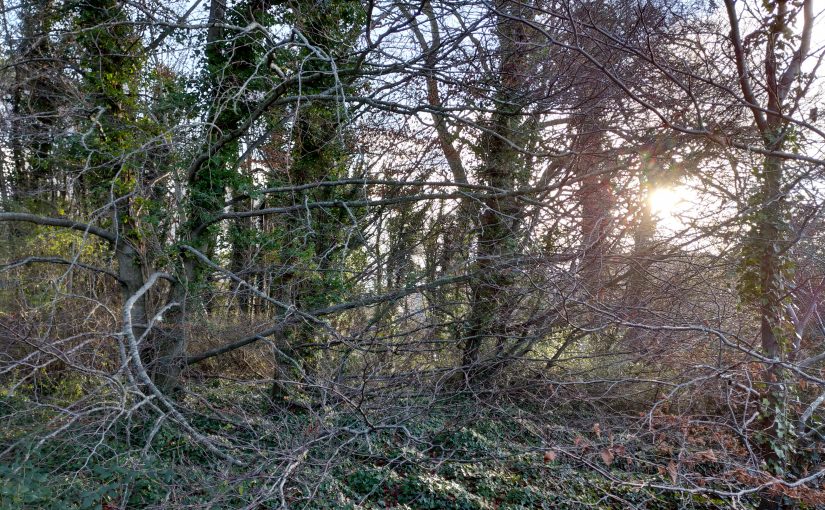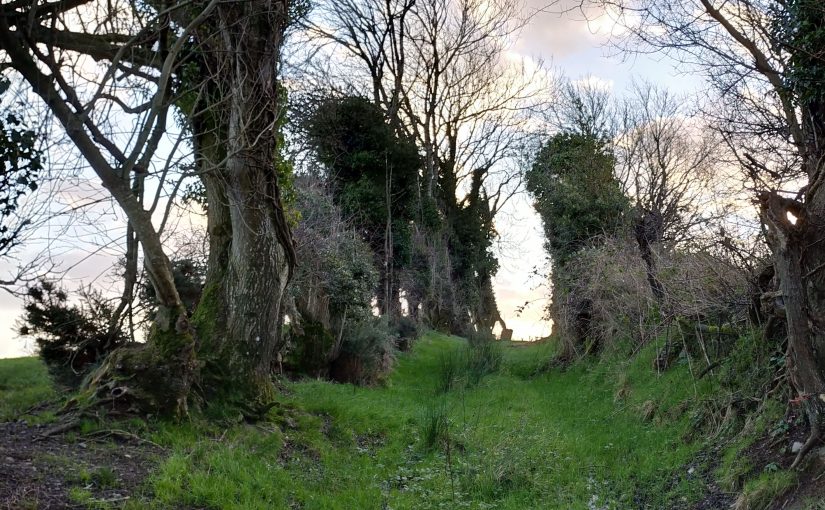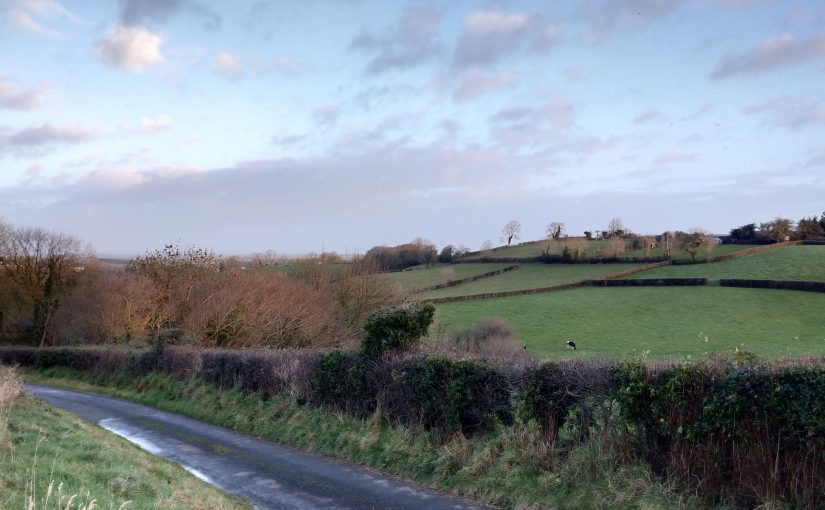Bunting wrote a live transcription of a tune into his “Damn your Body” pamphlet in the 1790s. We will look at it very briefly and then move on.
Continue reading Caití na gCuachTag: Old Irish harp transcriptions project
This project was my main focus from Autumn 2019 through to Spring 2022. The idea was to identify, categorise, catalogue and analyse live transcription notations of traditional Irish harp performance practice.
So far, almost all of the live transcription notations I have identified were done by Edward Bunting, done between 1792 and about 1802. I have made a a tune-list spreadsheet which lists all of the live transcriptions I have so far identified, and PDF indexes and text-transcripts of the key transcription notebooks: Queen’s University Belfast, Special Collections MS4.29, MS4.33.1, and others.
Marbhna Eoghain Uí Néill
As we have just been considering the upside-down leaf in QUB SC MS4.29 (p.199–200), we may as well deal with the other tune on page 199.
Continue reading Marbhna Eoghain Uí NéillMaidin bhog aoibhinn
During the 1790s, Edward Bunting made four different live transcriptions of the tune of Maidin bhog aoibhinn. They are in different sections of QUB SC MS4.29, and were transcribed from four different tradition-bearers. Bunting published a kind of composite or synthetic version of the tune in his Ancient Music of Ireland (1840). In this post we are going to look at the four different live transcriptions, and try to say something useful about each of them.
Continue reading Maidin bhog aoibhinnCáiteach róin
Some time in the 1790s, Edward Bunting made two different transcription notations of the tune of A cháiteach róin onto the same page in his “Damn your Body” collecting pamphlet. He later claims both were transcribed from the singer and harper Charles Byrne.
Continue reading Cáiteach róinBradóg
We have two independent live transcription notations of this tune in Edward Bunting’s papers. In this post we will look at both of them in turn, and then we will discuss the likely provenance of each. We will also briefly consider other versions of the tune.
Continue reading BradógGrá na mBan Óg
Edward Bunting made what looks like a live transcription of a tune which he gives two titles, Grá na mBan Óg or James Plunkett. The notation is in one of his 1790s transcription pamphlets, now bound up as Queen’s University Belfast, Special Collections, MS4.29 page 197/195/204/f97r.
Continue reading Grá na mBan ÓgMoggy
Edward Bunting made what looks to me like a live transcription notation of a tune titled “Moggy” into one of his collecting pamphlets in the 1790s. Lets take a quick look at it.
Continue reading MoggyNa Gamhna Geala
In one of his little 1790s collecting pamphlets, Edward Bunting made what looks like a live transcription from a traditional performance of the tune of Na Gamhha Geala. The page is now bound up as part of Queen’s University Belfast, Special Collections, MS4.29 page 198/196/205/f97v.
Continue reading Na Gamhna GealaThe structure of MS4.29
The other day I was in Belfast, and I went to Queen’s University Belfast Special Collections to look at Manuscript 29, which contains Edward Bunting’s live transcription notations which he did in the 1790s, as well as tunes he copied from other books, and other jottings and rough notes. But instead of looking at the notations and writing, I spent my time peering at the ends of the book, looking at how the pages are fixed together.
Continue reading The structure of MS4.29Plans for 2022
Athbhliain faoi mhaise duit, a chairde uile, agus go raibh maith agat as mo bhlag a léamh. Seo cuid de mo phleananna don bhliain seo chugainn.
Continue reading Plans for 2022








